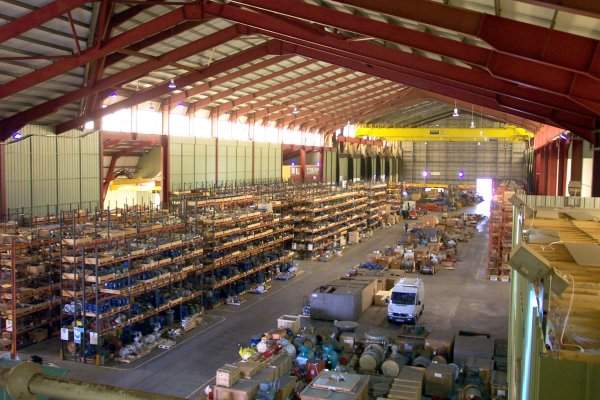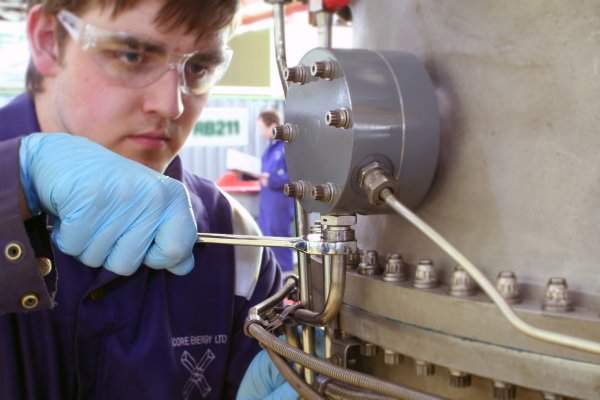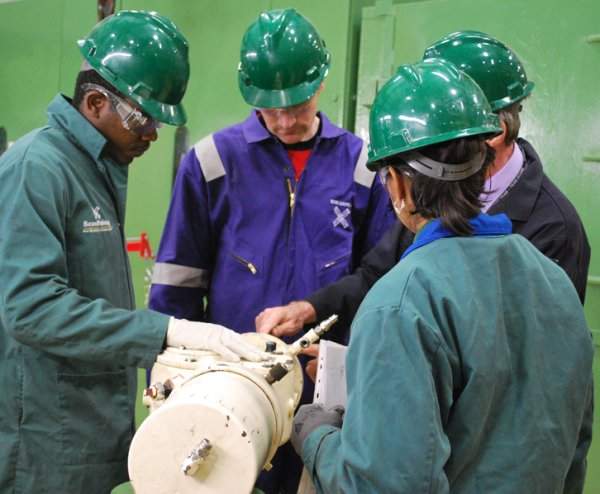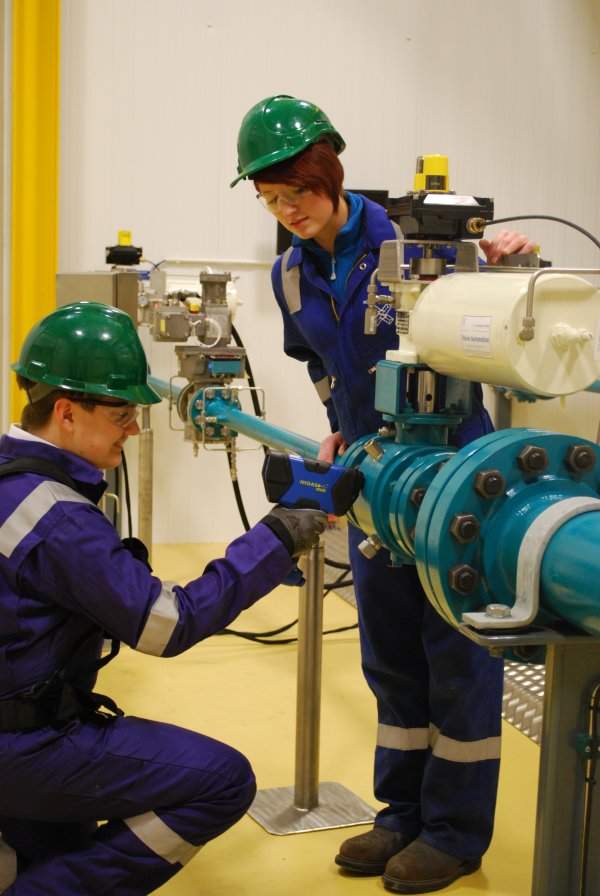Score provides valve condition monitoring, which is known to reduce risks and maximise efficiency and reliability in all processes where it is deployed. It is increasingly being seen as the only safe way of managing valve populations.
To ensure the ongoing safety integrity, environmental protection and efficiency of your process is correctly maintained at all times, it is of critical importance that you know the condition of your process valves.
Put more simply, you need to know if your valves are leaking or not and if they are leaking, how bad is the leak? Additionally, on more critical valves you need to know if there is another ‘failure mode’ developing in your valves or operators that will expose you to risks to people, process or plant (for example, in the event a valve fails to complete its design function such as closing or opening on demand).
Score’s 30+ years’ experience of valve supply and intelligent valve management tells us that all plant operators are facing the same recurring problems.
As a general rule, 90% of the problems experienced by process operators result from just 10% of the installed population of valves which are not performing to the required standard. The problem for operators is that it’s not always obvious which the ‘culprit valves’ are.
It is also known that all valves follow the same exponential deterioration in performance over time.
Acoustic technology for leak detection
Given that we know this, it is possible to use acoustic emissions (AE) technology to quickly and easily find leaking valves.
The good news is that risk can easily be managed through the intelligent monitoring of valves, based on their criticality, over their entire lifecycle (and any subsequent life cycles following maintenance interventions). All we need is the correct and reliable monitoring equipment, systems and techniques.
MIDAS® Valve Diagnostic products use proven acoustic emissions (AE) technology to identify through valve losses / leaks and then use proprietary algorithms to calculate and quantify any leaks found. Valve leakage represents major risks to plant operations.
These risks include:
- Safety: loss of containment of process fluids presents a major risk to personnel working on the plant
- Environmental: leaking valves / loss of fluid containment represents a potentially major risk to the environment
- Efficiency: lost production due to leakage and / or downtime due to poorly performing valves affects both plant efficiency and availability, which can result in both product and / or profit losses
Valve monitoring products
Score Diagnostics Limited has developed a number of valve condition monitoring products and services to address their existing customers’ and the wider market’s needs.
These products are now in wide-spread use throughout the oil & gas regions worldwide. The products offered are all intrinsically safe certified for use in explosive atmospheres.
The ‘entry level’ product for through-valve loss / leak detection and quantification is the handheld MIDAS Meter®.
The MIDAS Meter® uses an acoustic emissions (AE) sensor to detect the high-frequency sound signals emitted by leaks across valve seat to seal interfaces. It is a non-invasive inspection technique which requires the operator to place the sensor directly onto the outside surface of the valve body. Once in position, it is possible to see within a few seconds if there is any leakage across the valve seats.
By completing a quick valve survey, where readings are sent from the handset, wirelessly by Bluetooth, to the personal digital assistant (PDA) it is also possible to estimate the leak rate. This then allows the valve maintenance team to focus their efforts on addressing the worst performing valves first.
Valve condition analysis
Easy-to-understand output reports show valve condition corresponding to its ‘allowable leak rate’ in the form of a traffic light system.
The easy to interpret visual indicators suggest the following logic:
- Green: valve performing, leave alone
- Amber: leakage detected, monitor deterioration closely
- Red: leakage detected, maintenance required, to avoid risks associated with in-service failure modes
Score Diagnostics Limited’s range of market-leading valve condition monitoring products help you to troubleshoot problem valves, monitor valves, trend failures and move towards pro-active maintenance.
For more critical process valves, the MIDAS® Sensor (patent pending) has been developed to be installed on the valve and adjoining pipework, to give a continuous and permanent feedback indication of valve sealing performance in line.
The sensor used is the same design as the MIDAS Meter® and the output from the unit (4mA-20mA electrical signal) is designed to tie in directly with all plants’ digital control systems (DCS) or supervisory control and data acquisition (SCADA) systems or Score’s own V-MAP System. This makes the technology easy-to-install at the plant construction phase and also to retrofit to existing plants.
Valve performance diagnostics
The MIDAS® Sensor’s output allows the operator back in the process control room to see the performance of the valve in real time. The software / graphic user interface (GUI) gives a visual indication of the condition of each valve being monitored for through-seat leakage.
For the most critical process valves such as emergency shutdown valves (ESDVs), where other failure modes and effects are important to monitor and trend, Score have developed a fully integrated, permanently installed system known as V-MAP.
Telemetry systems, comprising sensors, transducers and management / reporting software continuously monitor key indicators of valve and operator performance over time and report these in both statistical and graphical formats for further analysis.
The main benefits of V-MAP are:
- V-MAP is a passive, non-intrusive monitoring system that responds to every valve operation, planned or unplanned
- It removes the need for operations personnel intervention, unless alerted
- It provides reports and audit records including the trending and comparison with performance benchmarks and safety criteria
- V-MAP reporting and analysis provides identification of maintenance requirements and reliability data for confirmation of safety integrity levels (SILs)
- Remote access is available for valve expert analysis and support
Valve failures are very often the result of ageing. Indicators of ageing that can be detected and trended over time using the V-MAP system include, but are not limited to:
- Increasing times to operate
- Increasing valve operating force or torque
- Increasing actuator pressure or current
- Increasing through seat leakage
- Need for maintenance or break down repair
- Failure to meet acceptance criteria
- Experience of problems of ageing with similar critical valves of similar materials and/or design on similar duties
A number of case studies have been written-up and some of these are available to download from our website.






